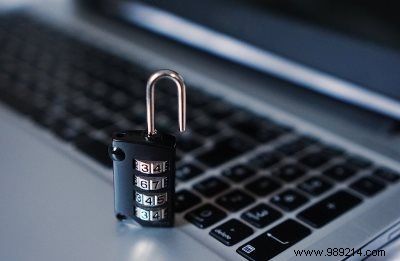As we have already mentioned many times, hackers are no longer content to use their skills to destroy computers. After all, what's the point of portraying yourself as a cybercriminal if you're only doing minor damage? This is the reason why malware developers nowadays strive to set up lucrative programs, such as ransomware and sneaky bitcoin miners.
ContentsWhat is a banking trojan?How prevalent are banking trojans?How to protect yourself from banking trojans?Keep your security suites updatedDownload apps and files only from from trusted sources Keep an eye out for suspicious behavior Use two-factor authentication when possible Tricky TrojansWhile these are good ways for a malware developer to make money on the side, the golden egg is the way to get into someone's bank account. With online banking being so prevalent in the digital age, all it takes is accessing someone's account, and a hacker can do serious damage. Of course, creating software that steals bank details is one thing – putting it on people's devices is quite another.

Unfortunately, banking Trojans have multiplied in recent months. In June, Checkpoint said banking Trojans increased by 50%. Kaspersky Lab then declared banking Trojans the “phantom threat” of the second quarter of 2018 after reaching an all-time high. As long as banking Trojans make lots of money for attackers, there will always be malware floating around the internet looking for credentials to steal.

With all the talk of Trojans, it can be worrying to learn that your bank account could be in serious danger. However, as long as you stay safe, you should not come across a banking Trojan yourself. The following explains how to stay safe.
If you have antivirus running, be sure to keep it up to date with all the latest virus definitions. As new Trojans appear and old ones morph, security companies keep a log of what's going on and update virus definitions to identify the culprits when they appear. Keep yours updated for the most up-to-date definitions of banking Trojans.
Malware has to get on your PC or phone somehow, and the most common way is by downloading an infected file. Be sure to check what you're downloading and where you're getting it from – if the source seems too dodgy, try finding a better site. For mobiles, always download apps from the official app store, and even then, make sure you are not downloading a fake app by checking the number of downloads and number of reviews of the app. A five-star review doesn't mean much when it's just a few people!
Is your bank login page drastically different from what you remember? Maybe he's suddenly asking you for some very personal information that you'd rather not share? If something "doesn't look right", be sure to check if you are where you think you are before entering any details.
Most banks realize the weight of losing your account to a hacker and have implemented a two-factor authentication method for a second layer of protection. This can include passcodes or a second password where you enter specific characters chosen at random instead of typing the whole thing. If your bank has this capability, permanently enable it. This could save your account!
Since malware is developed to steal money instead of destroy computers, a few attack vectors have increased in use over the months. With banking malware on the rise, it's a good idea to learn more. Now you know how they work and how to defend yourself.
Does the rise of Trojan horses scare you? Or are you protected and secure against the threat? Let us know below.